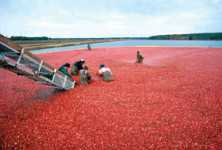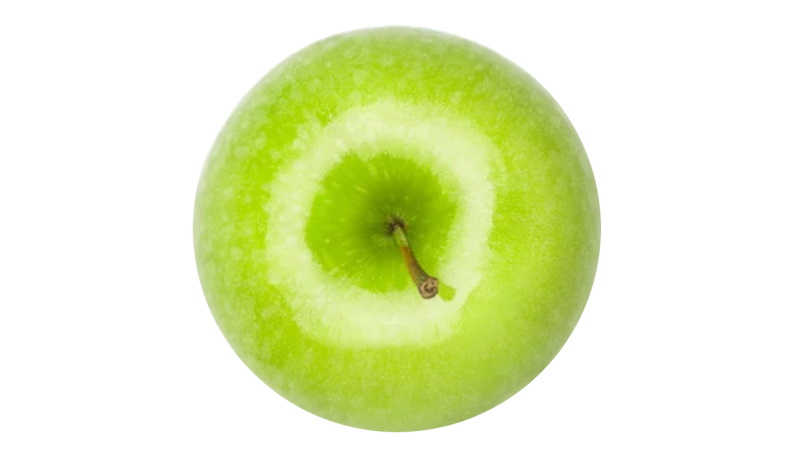Cranberry Market’s Comeback

The U.S. cranberry market has enjoyed a resurgence in recent years, thanks to a combination of increasing demand and rising awareness of the fruit’s health benefits. For the first time since the cranberry crash in 1998, which was caused by a surplus supply of the fruit, the demand for cranberries is exceeding the supply. There are a number of ways in which cranberry growers can use this turn of the tide to their advantage.
Wisconsin has led the nation in the production of cranberries for the last 13 years. Its presence in the industry is supported by groups like the Wisconsin Cranberry Growers Association and the Cranberry Marketing Committee. According to board members of both organizations, good communication with the general public and savvy advertising spots about cranberry products that appeal to consumers on many levels are key to growers’ success.
One step the Cranberry Marketing Committee has taken is to publish a series of health-related articles that focus on the various uses for cranberries. Each story is accompanied by a recipe that uses the fruit, and is often cross-referenced with other commodity groups. The ultimate goal is to expand the public’s awareness of cranberries from the Thanksgiving season to year-round.
“We have a product that is versatile, can be used in many ways, and has a unique taste to it. We have a product that is very healthy,” David Farrimond, executive director of the Cranberry Marketing Committee, says.
The Wisconsin Cranberry Growers Association focuses its efforts primarily on the grower and production side. Through workshops, the group provides its members with the latest information on new technology, conservation programs, and crop breedings. According to Tom Lochner, executive director of the association, growers should make a point to track the handlers of their crop.
Ensuring A Bright Future
Keeping cranberries domestic is also imperative to the success of the industry in the U.S. For this reason, a number of growers are looking to increase efficiency in production by renovating existing plantings that contain the original varieties of cranberries. For its part, the Cape Cod Cranberry Growers Association of Massachusetts is supporting these efforts by using a $1.5 million grant from the Massachusetts Department of Agricultural Resources to research ways to renovate bogs in the most cost effective manner.
“The challenge for our industry in the future will be developing enough sources to supply the fruit to meet market demand. If we are not able to overcome this hurdle, those cranberry acres will be planted outside of the U.S.,” Lochner says.
Though juice still makes up the largest percentage of the cranberry market, sweetened dried cranberries have been a powerful force for increasing demand. The product, which has been rapidly gaining popularity in the last few years, can be enjoyed as a healthy and easy snack or used in a variety of dishes.
The percentage of cranberry growers who become niche marketers has also increased. Niche marketers supply operations like bakeries with their product. “It is all about finding a niche between the little guy and the big guy,” Farrimond says.
Members of the cranberry industry are optimistic that the demand for the fruit will continue to rise. They feel it will be bolstered by expanding research on the health benefits of cranberries. Researchers are already beginning to explore the positive effects of cranberries on all parts of the human body, aside from the immune system.
But when push comes to shove, quality is still the defining factor in the future success of the cranberry industry. “We need to give the consumer the best quality product we can,” Lochner says.









